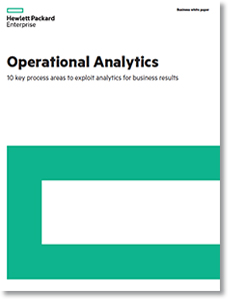Operational Analytics
High-performing companies will embed analytics directly into decision and operational processes, and take advantage of machine-learning and other technologies to generate insights in the millions per second rather than an “insight a week or month.”
The full benefit of analytics
Many organizations employ ad hoc analytics projects that use predictive analytics to help them find meaningful insights from vast volumes of data.
Some have dedicated teams of data scientists conducting ongoing manual analytics.
Chances are, these analytic projects are discovering previously unknown and valuable insights about the organization and its business.
However, many companies are struggling to see the impact of these analytic projects on widespread organizational outcomes.
This chasm between analytic projects and business impact is driven less by the quality of the analytic methods than the inherent business ecosystem, culture resistance to change, and suboptimal processes supporting integration of insights into business operations and applications.
It is no longer sufficient to produce robust analytics. Organizations that want to see measurable business results from analytics must focus on embedding analytics and insights into day-to-day operations to enable analytically driven decision-making - fast, automated, and operational.
High-performing companies embed analytics directly into decision and operational processes, and take advantage of machine-learning and other technologies to generate insights in the millions per second rather than an “insight a week or month.”
This paper examines the 10 key process areas that must work together to exploit the full benefit of analytics.
At the end of this paper, you will learn how to access the Hewlett Packard Enterprise (HPE) self-assessment tool, designed to help you determine your organization’s maturity index for Operational Analytics, along with recommendations on how to move forward.
The details on Operational Analytics
Operational Analytics is the interoperation of multiple disciplines that support the seamless flow from initial analytic discovery to embedding predictive analytics into business operations, applications, and machines.
The impacts of these analytics are then measured, monitored, and further analyzed to circle back to new analytic discoveries in a continuous improvement loop,
much like a fully matured industrial process.
However, the analytics field has not seen this type of industrial rigor around moving analytics into business operations. Organizations that wish to achieve competitive advantage through analytics need to cross the chasm between traditional ad hoc analytics and Operational Analytics.
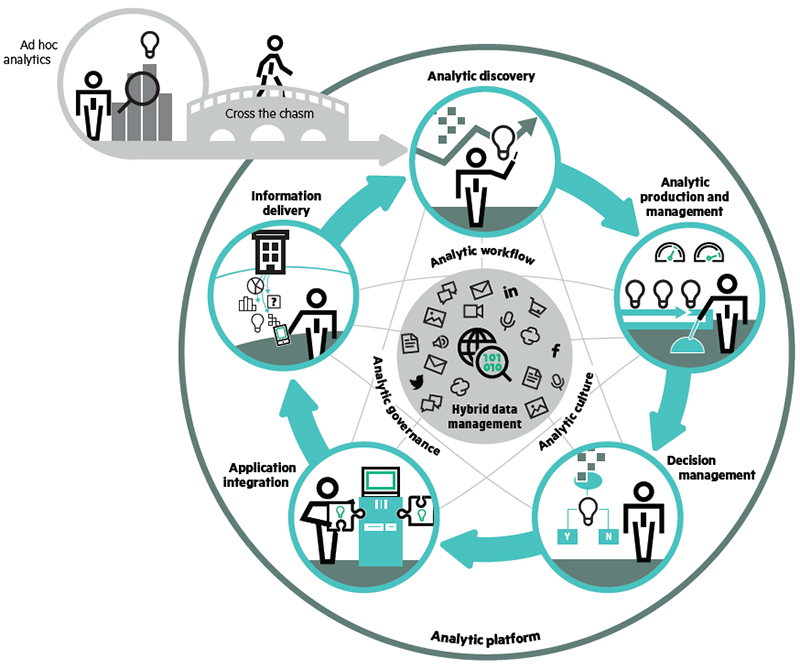
Figure 1 illustrates the 10 key process areas that support Operational Analytics. To exploit the full benefit of analytics and help deliver measurable business results, the areas must work together. Each of these process areas is further defined in the following section of this white paper.
What’s Related

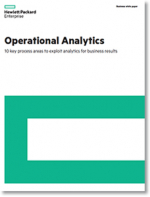
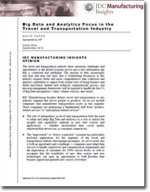
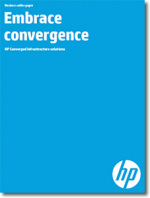
Favorites





